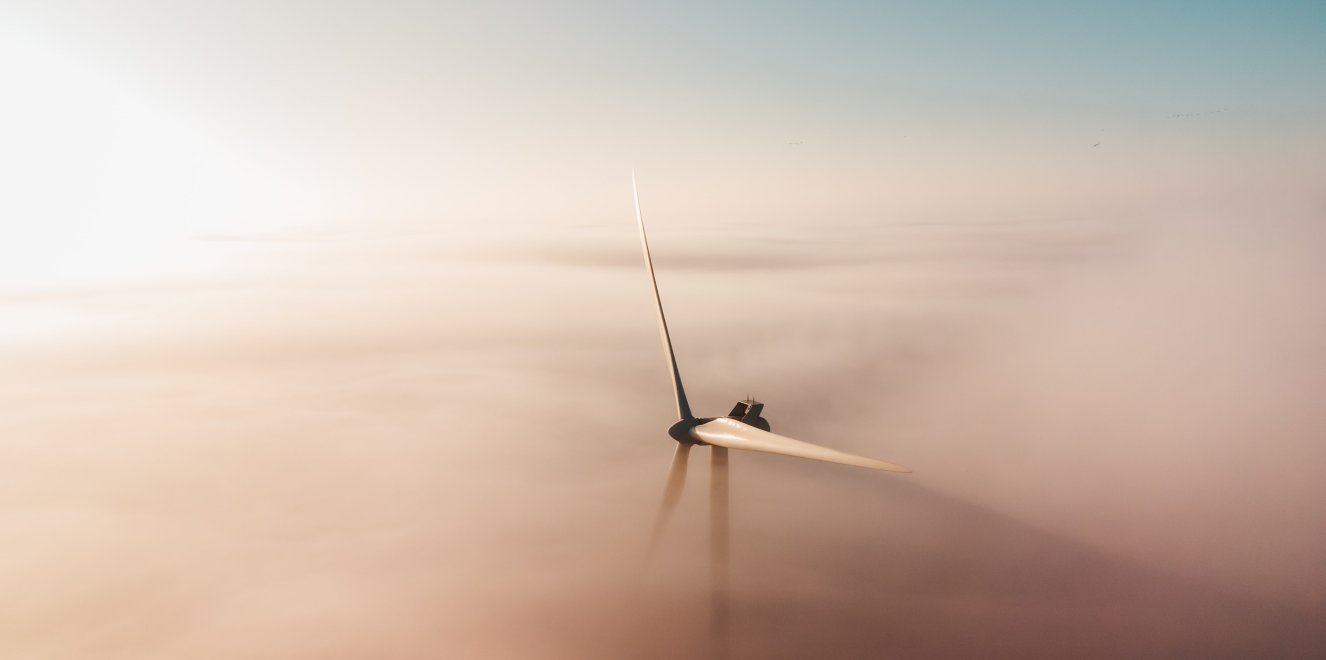
The Future in 2040
Read through an optimistic speculation of the future by Greg Findley, a Fellow of the March 2021 cohort of our Climate Change: Learning for Action course.
Read through an optimistic speculation of the future by Greg Findley, a Fellow of the March 2021 cohort of our Climate Change: Learning for Action course.
Outline
Background
The first assignment of our flagship course, Climate Change: Learning for Action, prompted our Fellows to speculate The future in 2040.
Imagine the year is 2040. The world has figured out a pathway to radically reduce our greenhouse gas emissions, while also rapidly developing local communities' capacity for resilience to climate impacts. The seeds for this incredible achievement were sown during the COVID-19 pandemic. You feel happy, and proud, because you played a role in making this happen. You have been invited by Terra.do, now a massive global community of hundreds of millions of people, to share the story of your personal contribution to climate action with all our members. Please write a blog post (no more than 1,000 words) or make a short video (no more than 5 minutes) telling your story.
Greg Findley, a fellow in our March 2021 cohort "Pandas", wrote a beautiful speech addressed to the Terra.do Fellows in 2040, and we are absolutely delighted to feature his work here!
A speech to Terra.do Fellows in 2040
Hello Terra.do!
Back in March of 2021, when I started my course at Terra.do, it was not clear that we would take the action needed to lower greenhouse gas emissions at the speed and scale necessary to keep global warming to 1.5ºC. In fact, as emissions continued to rise even after the international 2016 Paris Accord, many felt this was goal was becoming hopelessly out of reach.
Failure was not an option, however, so I joined the Panda cohort at Terra.do to try and figure out a way to save a livable future. To paraphrase former Governor of Washington, Jay Inslee, my fellow Pandas and I realized that although we were the first generation to feel the effects of climate change, we were also the last that could do anything about it.
I’m standing here today to celebrate with all of you that of course we did take action back in 2021 and over these past 20 years. We are on a path to keep global temperature rise to 1.5ºC. But possibly more important, in the process, we have created a better world for everyone.
To understand how we did this, we have to go back to 2020 when the COVID-19 virus changed everything. To slow the pandemic’s spread, businesses everywhere shut down. We hunkered down in our homes and stopped going to offices, we stopped driving and flying, we stopped eating in restaurants, and we stopped seeing families and friends.
We quickly learned that we couldn’t stop the spread of the disease on our own, with our own individual actions, but through collective action we could solve this global problem.
The pandemic taught us other things as well. As we shut down business and stayed home, polluted skies cleared over our cities and global emissions decreased-- but only a little. By 2021, emissions were rising again, and it was obvious that even drastic personal lifestyle changes weren’t enough to reduce emissions at the scale and speed necessary to prevent runaway global warming. We finally realized that we could only save the climate through massive systemic change: by stopping burning things for heat and power, by stopping deforestation and destructive agriculture practices, and by putting people and the planet above profits.
In 2021, President Biden and VP Kamala Harris passed historic legislation to “get shots in arms and money in pockets,” finally stopping the deadly pandemic, and addressing the severe financial strain it had caused all but the wealthiest people in the United States. They put government to work to make average people’s lives better, demonstrating that big government was the solution, not the problem.
People finally began to realize that the dominant ideology of the past 40 years, the neoliberalism of Reagan and Thatcher, that government was bad and that individualism was the only solution, didn’t work and that we needed collective action and government to solve communal issues such as global pandemics and the climate crisis.
I joined Evergreen Action to help pass a Clean Electricity Standard requiring 100% clean electricity in the US by 2035. It was challenging, but the bill passed the Senate through budget reconciliation as part of the $2 trillion infrastructure and clean energy plan that also addressed systemic environmental justice issues.
As director of the Rocky Mountain division for Evergreen, I focused on building community, putting people and nature above money and corporate profits. We worked for a just transition, helping fossil fuel dependent states like my home of Wyoming transition to a clean energy future, replacing extraction with green and high-tech jobs. We ensured no one was left behind, and that the most vulnerable had clean air, clean water, and livable jobs.
I focused on two slogans to guide my work: “Now, not new,” to remind myself and others that we already have the solutions we need to get to 100% clean electricity, and that implementing the solutions we have today is better than waiting for better technologies in the future; and “net zero is not zero” to remind us all that we must get to zero emissions and then use natural and tech-based carbon capture to remove excess CO2 from the atmosphere.
As we moved to 100% clean energy, we also started to electrify everything that can be electrified, switching most transportation, building heating and cooling, water heating, cooking, and even industrial processes to be powered by electricity.
Many of my fellow terra alums with technology and entrepreneurial skills focused on the difficult to eliminate 10-20% of emissions from long-haul shipping, transportation, and cement and steel production. Those with finance interests went to work to stop large banks from financing fossil fuels and to encourage investment in green energy. Others focused on eliminating food waste and regenerative agriculture and enhancing natural carbon dioxide sinks. And those with artistic talents wrote books, created songs, made movies and painted to depict and celebrate the better world we were creating together.
So far we have reduced over 90% of emissions in the US, and we have shared technologies and encouraged other wealthy nations to match us. We have also funded climate adaption and mitigation for countries currently struggling with climate effects or without the economies to transition on their own.
Now, I am happily retired, and although the struggle for a livable future is not over, we have made substantial progress. I can sleep at night, knowing that my kids, now grown, won’t live in a world completely torn apart by resource wars or dominated by mass migrations of refugees escaping rising sea levels and drought. Their children now have a chance to live on a healthy planet, and to grow up experiencing the mountains near our home with healthy lodgepole pine forests, snowcapped peaks, and intact ecosystems. They will still see grizzly bears, and wolves, and elk and deer, with eagles and osprey soaring overhead, when they head out to camp by a clear trout-filled lake.
Failure was not an option, and I'm proud that together we did not fail. Thank you.
More like this
So You're Ready to Step Up on Climate Action. Now What?
Folks ready to learn and do more about climate change have an array of options to get started. What are their respective pros and cons, and how does Terra.do stack up?
Our Next Cohort's Nickname Is the Manatees. Here's Why That's Special.
We've named each graduating class after animals at risk in our warming world, and we've just finished our first full lap through the alphabet.
Couldn’t We All Use More Storage?
Where are we going to put all that clean power from variable renewables like solar and wind? The world of batteries is already ramping up.

 Background
Background



